Why currant scab is dangerous and how to effectively combat it
Scab affects different types of currants: red, black and white. The danger of the disease lies in the fact that at an early stage the symptoms are almost indistinguishable. When peculiar brown spots appear on the leaves and brownish-rusty spots on the fruits, it’s time to sound the alarm and immediately begin treating the currants. In this article we will tell you: what to do if you become infected with a fungal infection, is it possible to eat currants affected by scab, what preventive measures will help prevent the spread of ascomycete fungal spores.
What is scab
Scab is an infectious disease of vegetable and fruit crops caused by ascomycete fungi. Despite the fact that currants suffer from scab less often than other crops, it can be very difficult to fight the infection in case of infection. The disease affects leaves, shoots and berries, often leading to the death of the plant, depriving the gardener of a harvest.
The first signs of scab are dark green spots on the leaves that turn brown as the disease progresses. Then the leaves turn prematurely yellow, dry out and die, and the buds turn black. Berries affected by fungi become unsuitable for consumption. Brown-rusty spots also appear on them, the skin becomes covered with cracks, opening access to the pulp.
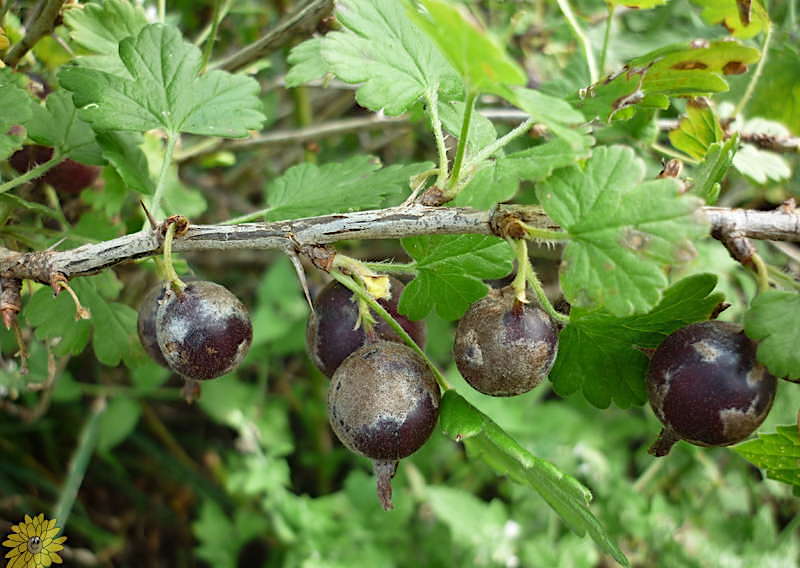
Why is scab on currants dangerous?
The danger of scab primarily lies in the viability of the spores. They persist for a long time on dry leaves and plant debris, which provokes a relapse of the disease.
Scab spreads with lightning speed and is capable of destroying an entire currant plantation in a short time. At an early stage, infection is difficult to recognize, because there are no external signs. But then the disease develops rapidly, when it is too late to do anything. The fight against scab is prolonged and has unpredictable consequences. That is why experienced gardeners recommend carrying out preventive treatment and not neglecting agrotechnical measures.
Routes of infection
There are 2 ways of scab infection: natural, independent of humans, and man-made, associated with the mistakes of gardeners.
Fungal spores become active in cool and rainy weather. During this period, plants become susceptible to scab. The longer unfavorable weather lasts, the higher the risk of infection due to decreased immunity. The causative agents of the disease overwinter in dry foliage and the top layer of soil and are carried by wind, rain, animals and insects.
Reference. The most common mistake gardeners make is planting currants in low-lying areas with close groundwater, as well as excessive application of nitrogen fertilizers.
Currant scab: how to fight
In case of uncontrolled spread of fungal infection, “heavy artillery” is used in the form of chemicals and fungicides. Folk remedies made from natural ingredients are used for prevention and for minor spread of fungus.
Chemicals
Chemicals can destroy the infection at any stage of its development. The processing result depends on the frequency and correctness of the procedures. Irrigation of bushes is not recommended in windy and rainy weather. Part of the composition will simply be washed away with water or blown away by the wind.Spraying is also not performed in hot weather, otherwise the leaves will get burned.
Reference. It is necessary to alternate different chemicals throughout the season to prevent the development of fungal resistance.
"Nitrafen"
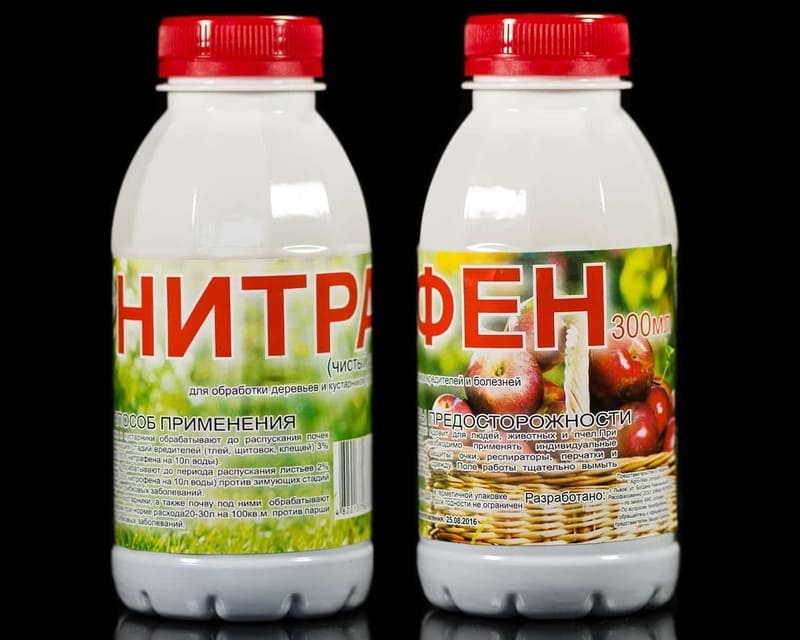
Herbicide with disinfectant effect. Reliably protects plants from most diseases and insect pests, stimulates plant development. The product should not be applied to green foliage as this will cause burns.
Currant treatment is carried out before the buds open: 200 g of the product are diluted in 10 liters of water and the crown is sprayed. To treat the soil you will need 2 liters of ready-made solution.
"Akreks"
The drug inhibits the spread of fungal spores. This highly toxic product can only be used in open areas. It is prohibited to use in greenhouses and greenhouses. The drug is allowed to be used throughout the season, but the last treatment is carried out 20 days before harvest. Consumption for 1 currant bush is 1.5 liters of solution. To do this, dilute 150 g of the product in 10 liters of water.
"Horus"
Chemical for fighting fungal infections. Treatment is carried out 3-4 times throughout the season at air temperatures above +14°C. In this regard, the drug is used in the spring before buds open and in the fall after picking berries. To prepare the solution you will need 2 g of the drug per 10 liters of water. Consumption for 1 bush - 2 liters.
Fungicides
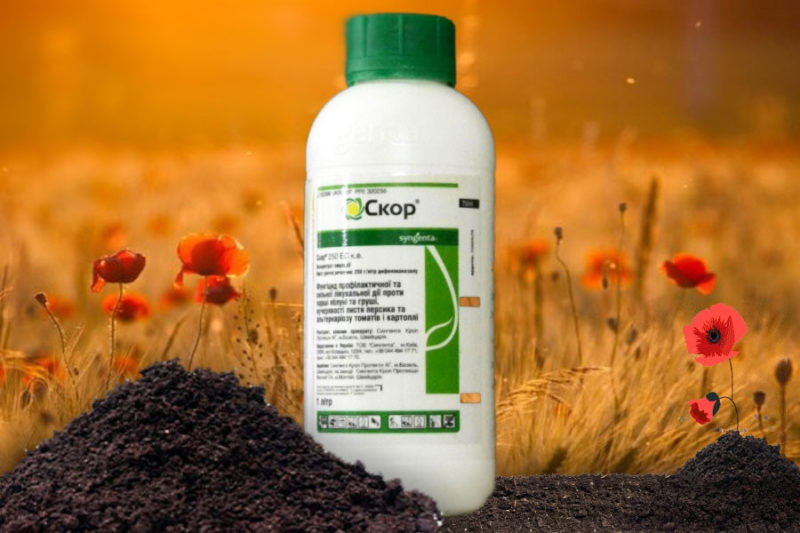
List of effective fungicides against scab:
- "Paracelsus";
- "DNOC";
- "Karatan";
- "Shavit";
- "Fundazol";
- "Skor."
"Paracelsus"
It has a systemic effect, quickly penetrates plant tissue, stops the development of the disease, stimulates photosynthesis, and heals damage. 5 liters of settled water are diluted with 1-1.5 ml of product.The last treatment is carried out no later than 45 days before the start of fruiting.
"DNOC"
A systemic fungicide is used in the form of a weakly concentrated solution. To prepare it, dilute 10 ml in 15 liters of water. The treatment is carried out before the buds open.
"Karatan"
Surface acting fungicide. The active substance does not penetrate the berries and is quickly washed off with water. The product can be used even during the period of fruit ripening. Duration of action is 10-15 days.
"Shavit"
It is produced in the form of water-soluble granules and has a contact-systemic effect. Active substances disrupt the processes of biosynthesis and reproduction of fungal spores. The drug is safe for beneficial soil microorganisms, reliably protects the plant for 14-20 days after treatment, and has a preventive effect.
"Fundazol"
It contains the active ingredient benomyl, quickly dissolves in water, partially settles on the surface of plant tissues, penetrates into leaves and roots, inhibits the proliferation of fungi, and is not washed off by rain. The protective effect lasts for 14-20 days.
"Skor"
A mild systemic fungicide penetrates plant tissue and gradually inhibits mycelial growth. It begins to act 2-3 hours after treatment, the effect lasts for 7-10 days. At air temperatures above +15°C, the effectiveness of the drug decreases. The product is not suitable as a treatment at the stage of active sporulation.
How to deal with scab using traditional methods
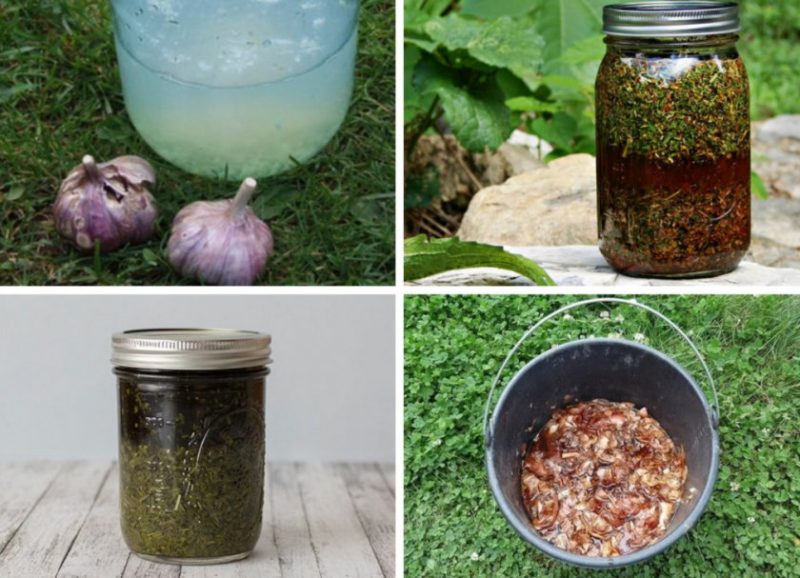
List of the best folk remedies for fighting scab:
- Garlic-tobacco infusion. 300 g of tobacco dust is poured into 3 liters of hot water and left for 3 days. A faceted glass of garlic cloves is poured into 3 liters boiling water and leave for 3 days.Then both infusions are filtered, mixed in one container, and 2 tbsp are added. l. soap shavings, shake and immediately treat the bushes.
- Potassium permanganate. 5 g of crystals are dissolved in 10 liters of water and filtered before use. When processing plants, special attention is paid to foci of infection. For prevention, bushes are sprayed twice a season.
- Mustard powder. 100 g of mustard powder are diluted in 10 liters of hot water and filtered. The bushes are treated 2-3 times.
- Ash. 200 g of wood ash are diluted in 10 liters of water and left for 24 hours. Before use, filter the solution and irrigate the bushes. To treat the root zone, the solution does not need to be filtered.
- Soda Ash. 50 g are diluted in 10 liters of water soda and carefully process the bushes. The procedure is repeated twice.
Preventive measures
Prevention of scab on currants involves compliance with agrotechnical measures. Berry bushes can be protected from scab if you follow the recommendations:
- For planting, choose varieties that are resistant to scab - Rovada, Valovaya, Rolan, Selechenskaya.
- Dry leaves and plant debris should be completely removed from the area and burned.
- Regularly carry out sanitary pruning of currants.
- Water the bushes early in the morning and late in the evening.
- Mulch the soil with compost.
- Regularly spray plants with fungicides to prevent infection and spread of fungal infections.
- When planting, adhere to the recommended distance between bushes for better access to sunlight. Bright sun is harmful to fungus.
- When treating with chemicals, pay attention to the timing of the procedures.
- For the winter, completely remove mulch from the area.
- Plow and loosen the soil under the bushes and between the rows.
- Clean the crown and trunks of moss, lichens, and dead bark.
- Feed currants with special compounds to strengthen the immune system.
- Regulate the application of nitrogen fertilizers.
- Apply mineral fertilizers and biologically active compounds in a timely manner.
How to treat for prevention
List of means for preventive treatment of currants:
- urea solution;
- metal sulphates;
- inkstone;
- copper sulfate.
Urea solution
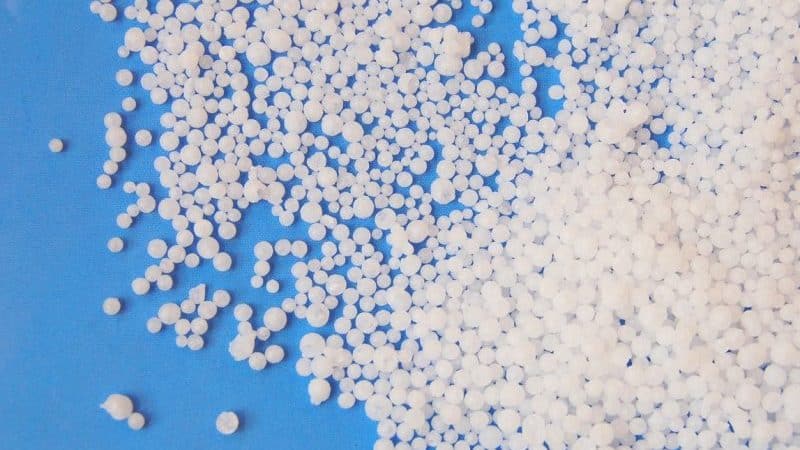
Mineral nitrogen agent prevents infection by fungal spores. It completely dissolves in water, quickly penetrates plant cells, and participates in the biochemical processes of plant development. Treatment is carried out in early spring during the period of bud formation.
The prepared solution is used to irrigate the bushes and the soil around them. Autumn spraying is carried out before the onset of frost. The solution is applied generously to the crown and trunk circle. 30-40 g of urea are dissolved in 10 liters of water. Consumption per bush - 1.5-1.7 liters. The urea solution does not cause burns and is safe for the environment.
Metal sulfate salts
Used for the prevention and control of scab. To prepare the working composition, glass or plastic containers are used. Slaked lime is added to the solution to prevent leaf burns. For preventive treatment, vitriol is diluted in a proportion of 15-25 g per 2-2.5 liters of water.
inkstone
The product has a surface effect and is used to prepare medicinal and disinfectant solutions. Effectively fights against mycoses, mosses, spots, lichens, and increases fruiting. It is used in early and late spring and autumn for foliar spraying of bushes and soil. The concentration of the working solution is 30-35 g per 10 liters of water.
Copper sulfate
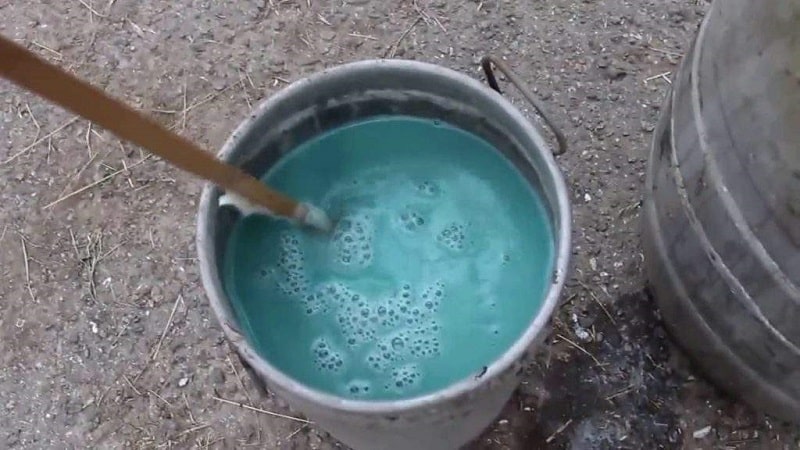
It has an antiseptic effect, fights fungal infections and insect pests, such as gall aphids, glass beetles, and scale insects. To prepare the solution, dissolve 30 g of powder in 10 liters of water. Preventive treatment involves spraying the soil around the bushes, the crown of an adult plant and the roots of a seedling.
This is interesting:
How and with what to spray currants in the spring against pests and diseases
Step-by-step instructions on how to prune currants in the spring for a good harvest
Advice from summer residents with experience
Advice from experienced gardeners will help to effectively combat currant scab:
- The first treatment is carried out at the moment the leaves appear, the second treatment is carried out at the beginning of flowering, the last treatment is carried out at the moment the fruit ovaries appear. In summer, bushes are sprayed every 15-20 days. During the rainy season, plants are treated at least 5-6 times.
- It is important not to neglect preventive measures and remove plant debris from the site in a timely manner.
- When spraying with chemicals and fungicides, not only the leaves and crown, but also the tree trunk area are carefully treated.
- Throughout the growing season, the bushes are carefully inspected and treatment is started at the first signs of disease.
- Suspicious leaves and fruits are immediately removed and burned away from the site.
- Every season, sanitary and rejuvenating pruning of currants is carried out. Dense plantings are an ideal environment for the spread of fungal spores.
Conclusion
Scab is a fungal infection that rarely affects currants and most often affects vegetable and fruit crops. However, fighting the infection can be very difficult, especially if you miss the first signs of infection.Chemicals are used to treat plants, since only they have a pronounced healing effect. In second place are fungicides, which can be used both for the treatment and prevention of scab. Natural folk remedies help at the initial stage of infection.
The best way to avoid infection is to follow preventive measures: remove plant debris, collect affected leaves and berries, dig up the soil in the tree trunk, spray the bushes with fungicides, copper and iron sulfate, and urea.